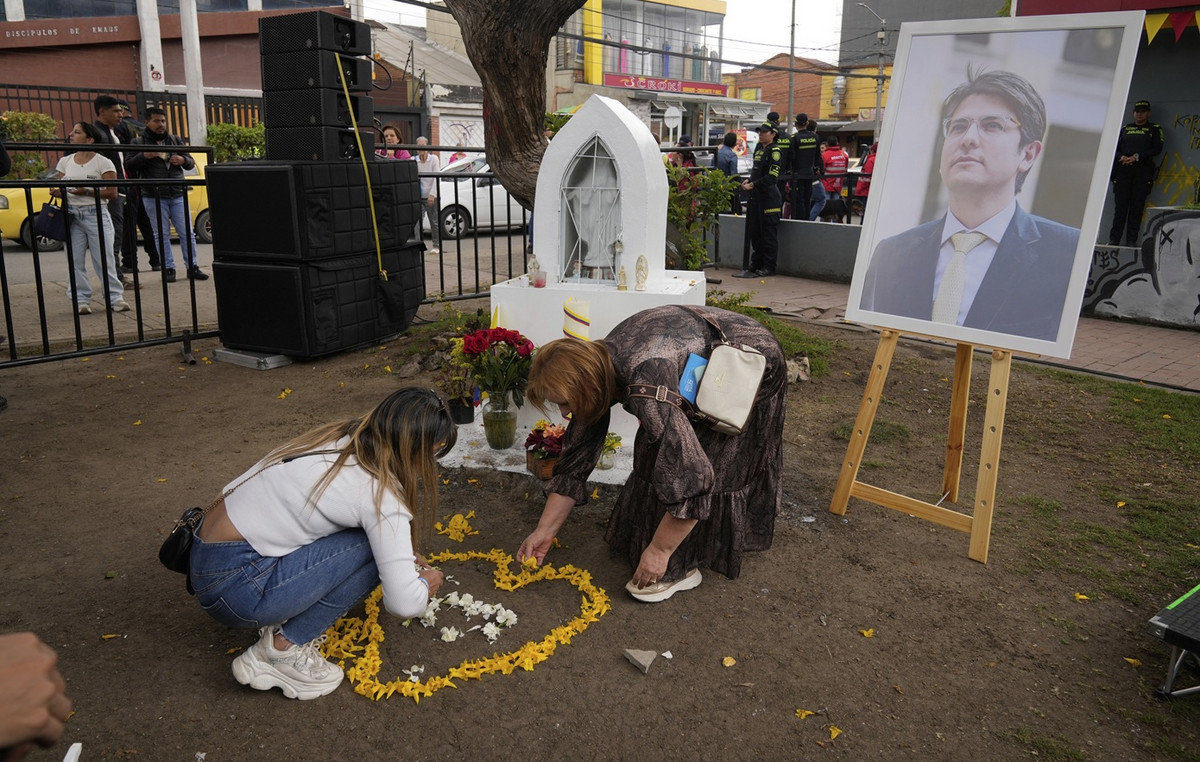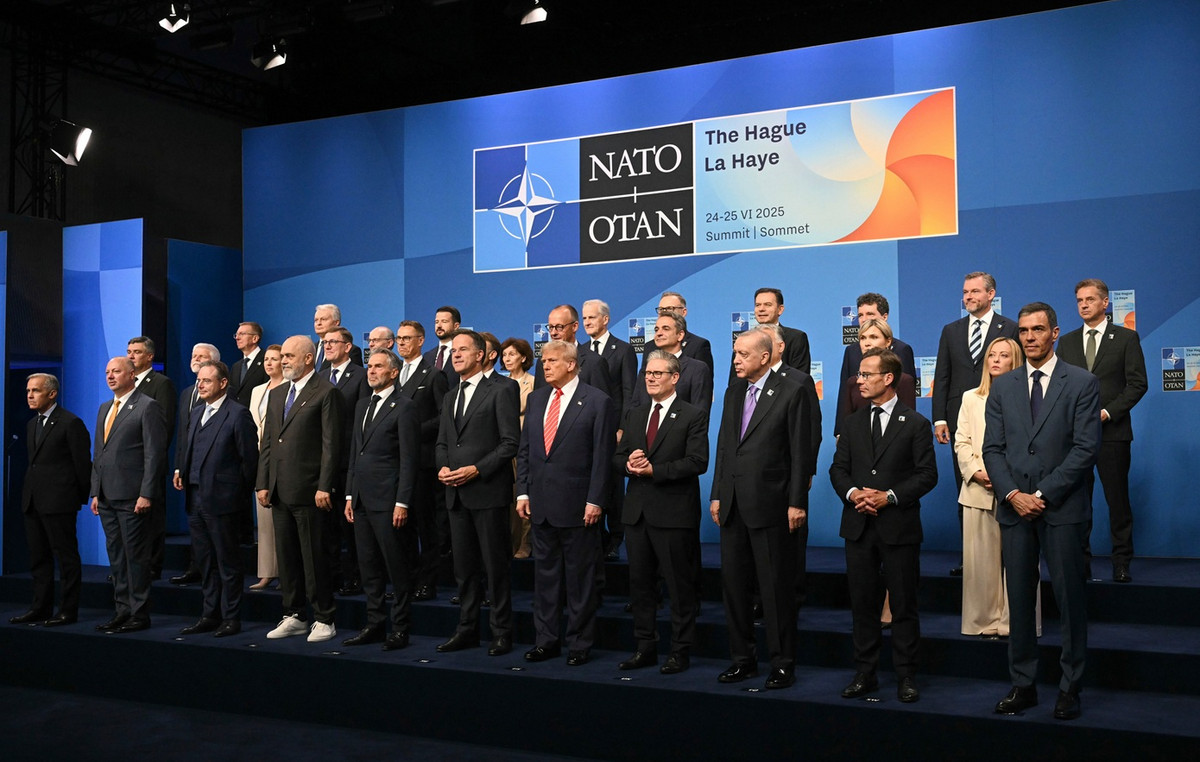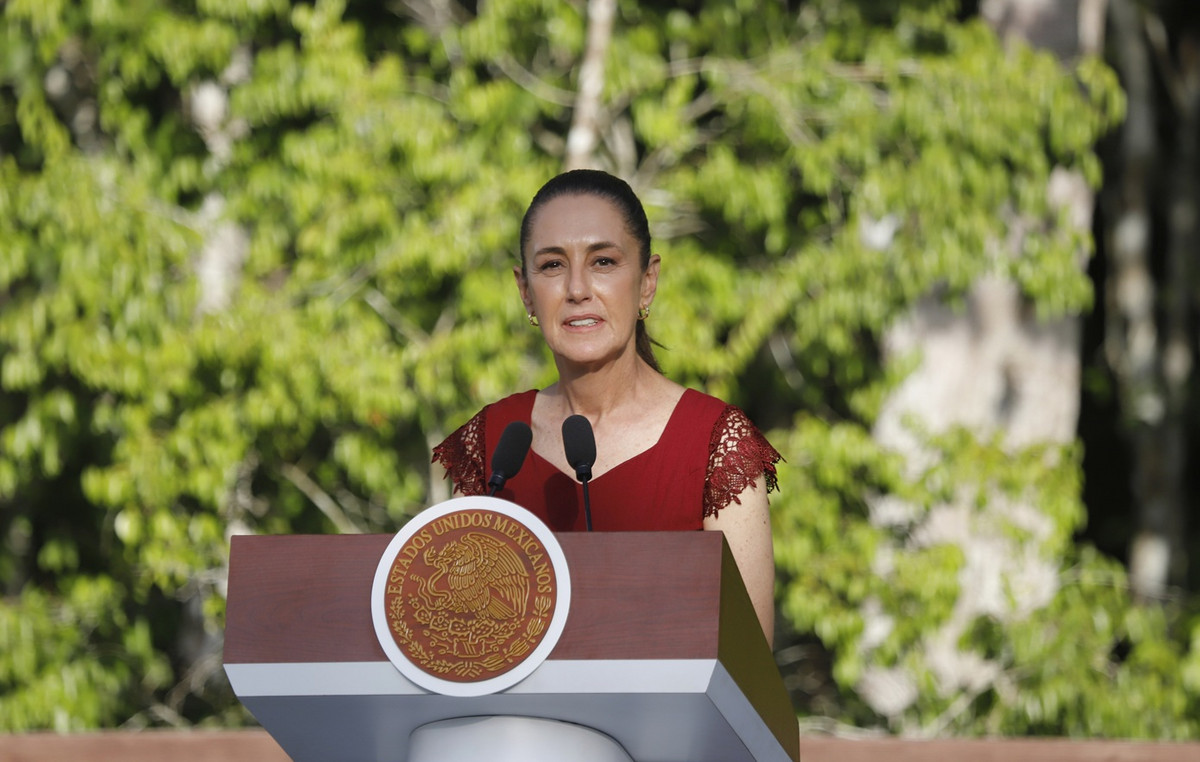Open Banking completes, on this first of February, one year in Brazil. Also called the open financial system, the data-sharing mechanism went through four phases throughout 2021, with new features starting this year.
The system, according to the Central Bank, comes to stimulate competitiveness between institutions, which tends to translate into cheaper and better financial services.
The entity foresees, for example, a greater offer of personalized products in the history of customers and in user information, which will be shared with financial institutions approved by the BC.
For Gustavo Bresler, strategy manager at Quanto, the feeling in this first year of Open Banking is that the adhesion in Brazil occurred faster and more accurately than in other countries, such as the United Kingdom and other European nations.
“Although we are not at the same level of technology as them, we were able to anticipate the problems that these countries had, be it interface, architecture or other specifications. The feeling that remains is of a more accelerated Open Banking”, he said.
Bresler believes that 2021 was an important year for the implementation of the tool, and he hopes that in 2022 it will be possible to see the results from its use.
“We hope that in this new year there will be an even greater adhesion of financial institutions in Open Banking, mainly referring to the new banks, which are understanding the ways to incorporate data internally and offer better products and services”.
The balance of this first year of the open financial system was also welcomed by Thiago Saldanha, CTO of Sinqia. He said he saw the kick-off as a crucial part of the tool’s development in the country.
“The most difficult thing is always to start and take the first steps in an innovation project. This first year was important because of the strength that the BC gained, due to the maturation of all the safety rules and the understanding of the banks”.
As a basis of comparison, in the United Kingdom, 3 million active users were registered in the system in the first three years of Open Banking, until January 2021., according to data from Open Banking UK.
In Brazil, only on Quanto, an Open Banking platform in the country, until December 2021, that is, before the tool officially completes one year in national territory, more than 4 million people went through the data “pipe”.
“There was a great effort from the market as a whole, so this year I see that the compliance that was necessary in 2021 will bring many interesting things”, said Gustavo Bresler.
initial phases
The first phase of Open Banking in Brazil, which began exactly one year ago, focused on making standardized information from participating financial institutions available to the public.
In other words, institutions had to present their service channels and the characteristics of their traditional banking products and services.
At this stage, the Central Bank announced that no customer data was shared.
In Phase 2, which began months later, on August 13, information sharing was introduced.
From this stage, clients can start to receive offers according to their profile, financial history, more affordable costs and customized solutions for their situation.
payment initiator
Starting with the third phase, launched on October 29, 2021, Open Banking had its first encounter with Pix. The two main novelties of this stage are the Payment Transaction Initiator (ITP) and forwarding a credit proposal.
With ITP, companies can ask the Central Bank to be “payment initiators”, facilitating user transfers through their applications.
This means that businesses that use delivery services, for example, will be able to offer customers the option of paying for the product with Pix within the app itself, without having the user leave the app to enter the interface of the bank where they have an account to use the “copy and paste” version.
credit forwarding
On the other hand, credit routing allows financial institutions to send several credit offers, thus increasing the range of options for citizens.
This will make users have a considerable increase in the supply of credit, says Rodrigoh Henriques, leader of financial innovations at Fenasbac (National Federation of Central Bank Servers Associations).
“Before, people would go door to door asking for funding. Now this is going to be reversed. With the consumer’s history in hand, financial institutions will look to the individual and offer the best deals available,” she said.
“The individual will receive referrals from a range of companies to share their history and their data and thus receive the best possible offers without having to look for individual banks to obtain financing”, he added.
This modality, however, only begins to apply as of March 30, 2022.
Phase 4
The opening of the last phase of the four planned stages took place on December 15, 2021. It marks the transition from Open Banking to Open Finance.
In this last stage, the system for sharing data, information and history leaves the banking scope and starts to apply to the entire configuration of personal finance, such as insurance, investment, foreign exchange and other aspects.
BC divided phase 4 into two stages. The first, which began at the end of December, aims to ensure that participating institutions begin a process of functional certification of the APIs (the systems) of the products that will be shared.
According to the BC, when the service certifications are obtained, each specific Phase 4 product must obtain a registration in the API Participant Directory environment.
what to expect this year
For Thiago Saldanha, CTO of Sinqia, the first year was important for the understanding of banks and the market about the concept of Open Banking, but 2022 will be a period of applicability of the tool in all its features.
“It’s a year of advancement, of doing better what we started doing last year. We will continue to expand the transactional part, and we will see the news that the market is waiting for on a day-to-day basis,” he said.
In 2022, it will be possible to make payment options with Open Banking that go beyond Pix. Regarding the initiator of payment (ITP), the Central Bank has a defined schedule:
In February 15th the possibility of direct transfer starts to apply for payments with TED and transfer between accounts in the same institution.
In June 30th starts to work for payment of tickets.
In September 30thwill start for payments by debiting the account.
On the other hand, the possibility of proposals for forwarding credit, which the market has been waiting for some time according to specialists, starts to take effect in March 30th.
Finally, Open Finance should also start to be felt this year, from may 31st.
From this date, it will be possible to obtain transactional data from all services that comprise Open Finance, with the prior authorization of the customer.
That is, at the end of the first half of 2022, the integration of data in Open Finance should be felt in practice.
Source: CNN Brasil
I am Sophia william, author of World Stock Market. I have a degree in journalism from the University of Missouri and I have worked as a reporter for several news websites. I have a passion for writing and informing people about the latest news and events happening in the world. I strive to be accurate and unbiased in my reporting, and I hope to provide readers with valuable information that they can use to make informed decisions.







